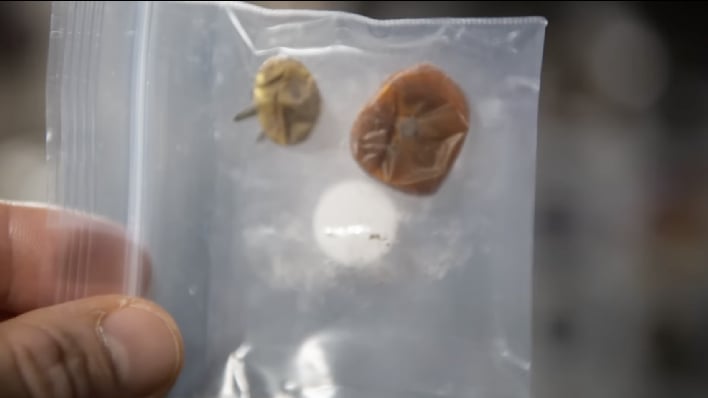NASA Solves Yearlong Mystery Of Missing Tomatoes On ISS And Shares Saucy Photo

According to NASA, the XROOTS investigation uses hydroponic and aereoponic techniques to grow plants without soil or other growth media. The space agency uses both video and still images to evaluate multiple independent growth chambers for the entire plant life cycle from seed germination through maturity. So, when Rubio accidentally lost two of the tomatoes grown onboard ISS, it had everyone onboard, and those back on Earth, scratching their heads wondering where the rogue tomatoes could have gone.
It wasn’t until Rubio had returned to Earth that Expedition 70 crew members had realized they had finally solved the mystery of the missing tomatoes. When they revealed they had solved the mystery, they poked fun at Rubio, remarking that he in fact did not eat the evidence, as they had suspected. Surprisingly, the tomatoes stored in a plastic bag dehydrated did not have any visible microbial or fungal growth.
While Rubio spent a record-breaking 371 days onboard ISS, he also conducted another “a-peeling” experiment for the VEG-05 study. The experiment addressed the need for a continuous fresh-food production system in space, and used the space station’s Veggie facility to grow dwarf tomatoes, while testing out the impact of light quality and fertilizer on fruit production, microbial food safety, nutritional value, and taste tests by crew members.
The rogue tomatoes will not be making a trip to Earth, as they have already been discarded. However, according to NASA, Plant Habitat-03 will be returning to Earth during the upcoming splashdown of SpaceX’s 29th commercial resupply mission. The habitat is one of the first multi-generational plant studies to be conducted aboard the space station, and could aid researchers in assessing whether genetic adaptations in one generation of plants grown in space can transfer to the next.
While the crew may have solved the case of the missing tomatoes, there is still much work to be done in studying the benefits of growing plants in space. NASA astronauts have reported that there are psychological benefits to time spent gardening. The space agency hopes that the research not only helps with growing plants in space, but will also have benefits that will improve plants grown on Earth as well.

